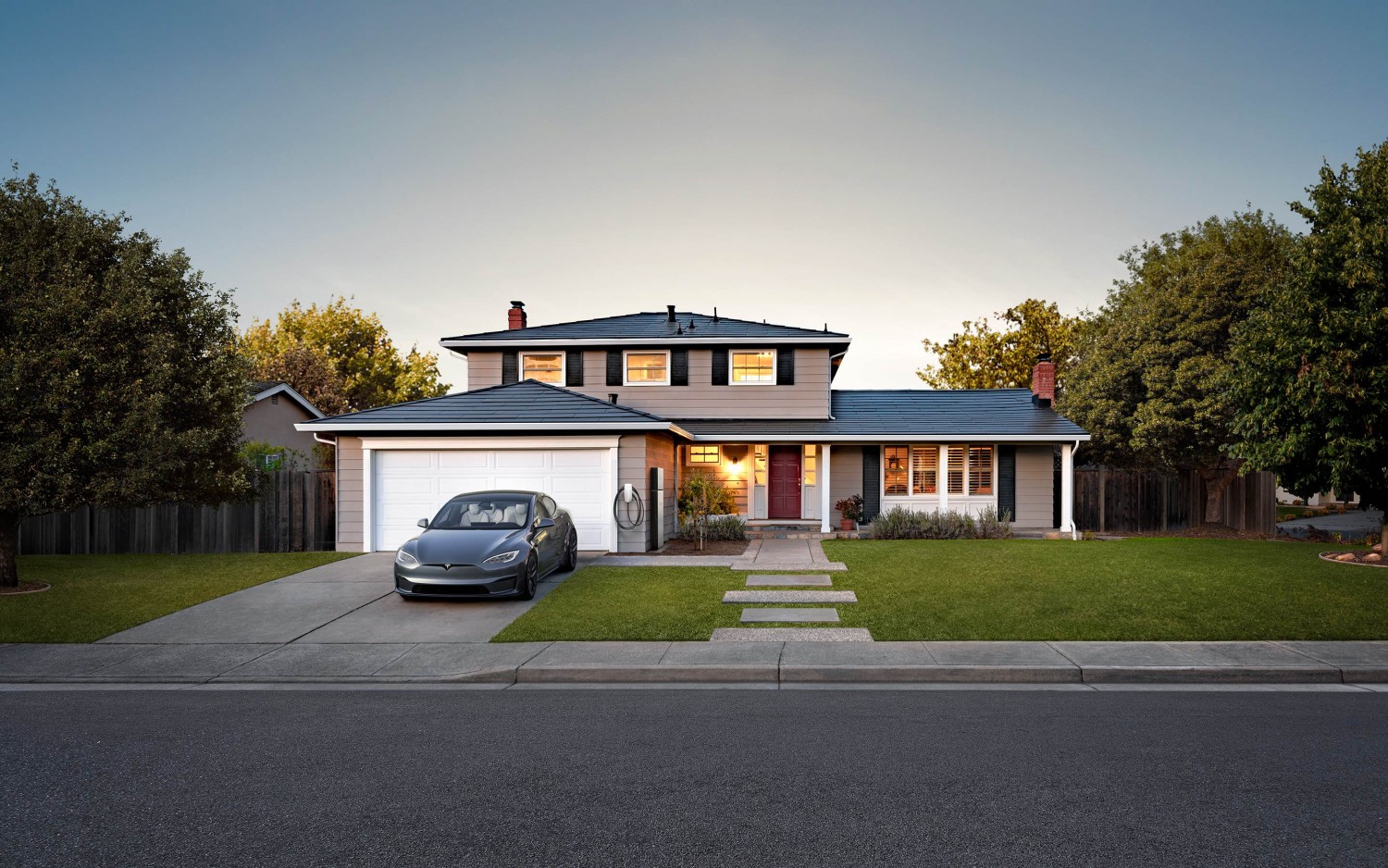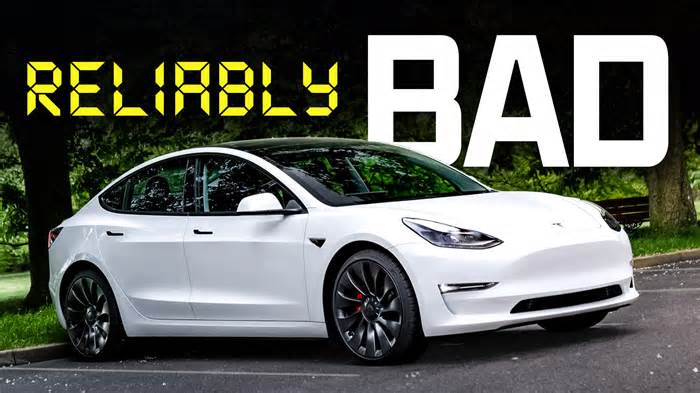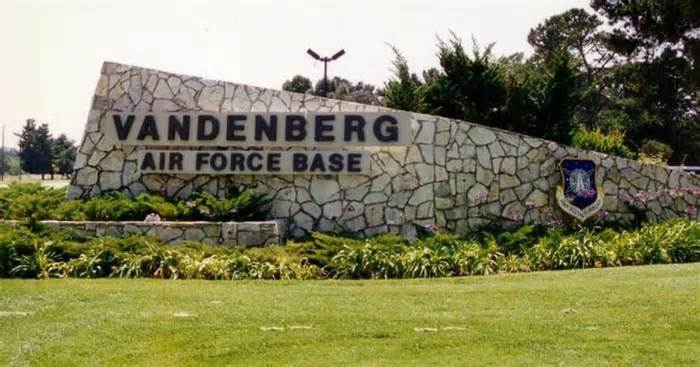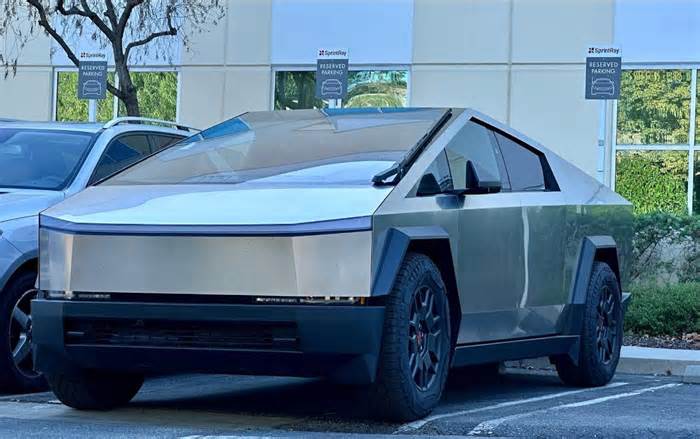
Here’s What a SpaceX Starship Rocket Launch Sounds Like, According to New, Detailed Data
- by Smithsonian Magazine
- Nov 21, 2024
- 0 Comments
- 0 Likes Flag 0 Of 5

— Chris Bergin - NSF (@NASASpaceflight) November 16, 2024
Starship is currently the world’s most powerful rocket, and its sound levels show it. One launch of this behemoth produces as much noise as at least ten of SpaceX’s Falcon 9 launches, per the statement. From just over six miles away, the noise was equivalent to a rock concert. At 12.4 miles, it was similar to a table saw or snow blower. Even at 18.6 to 21.7 miles away, it was still as loud as a vacuum cleaner.
But the liftoff, when all 33 of Super Heavy’s engines fired, wasn’t even the loudest moment—sound peaked about 6.5 minutes after launch, when the booster returned to its launch tower and caused a sonic boom. The peak level of noise, measured at roughly six miles away, was as loud as a gunshot at close range, per the New York Times.
The communities of South Padre Island and Port Isabel, which are around six miles from Starship’s launch site, are particularly impacted by the noise. A separate study conducted by Terracon Consultants analyzed the impact of sound waves on Port Isabel homes within five miles from Starship’s launch site from July to mid-October, per KRGV’s Christian von Preysing.
The study shows that during that time, air pressure increased during the launches, and the sound pressure peaked at 144 decibels, though it specifies that the readings exceeded the sound meter’s limit. For comparison, windows can break at 150 decibels, and they begin rattling at 120 decibels, per KRGV.
“What it shows is that, number one, that the impacts are real, that they are being felt by these structures,” Port Isabel City Manager Jared Hockema tells KRGV. He adds to the New York Times that some residents reported minor damage to their homes after Starship launches.
BYU researchers set up acoustic instruments around the launch site to analyze sound levels from the rocket.
Logan Mathews
There are currently no regulations on rocket noise levels, per the statement, and the Federal Aviation Administration (FAA) and SpaceX did not respond to the New York Times’ requests for comment.
The results of the BYU study “show that some sound metrics agree with those presented in the FAA’s most recent Environmental Assessment (EA) from 2024, while some predictions made by the EA are off,” writes Haygen Warren in a post for NASASpaceflight.com, which is not affiliated with NASA.
Nevertheless, the researchers stress the importance of understanding how the launch noise impacts surrounding communities and environment, especially in light of SpaceX’s plans to increase its Starship launches to 100 per year.
But the BYU team isn’t finished yet—they were also on site this week, analyzing acoustic data from Starship’s launch on Tuesday. During that test—the rocket’s sixth flight—Starship fired an engine in space in a key step forward and splashed down in the Indian Ocean. SpaceX chose to abort an attempt to catch the Super Heavy booster, however, which it had achieved last month on the first try.
Get the latest stories in your inbox every weekday.
Margherita Bassi
Please first to comment
Related Post
Stay Connected
Tweets by elonmuskTo get the latest tweets please make sure you are logged in on X on this browser.
Sponsored
Popular Post
Middle-Aged Dentist Bought a Tesla Cybertruck, Now He Gets All the Attention He Wanted
32 ViewsNov 23 ,2024
Tesla: Buy This Dip, Energy Growth And Margin Recovery Are Vastly Underappreciated
28 ViewsJul 29 ,2024






 Energy
Energy



















